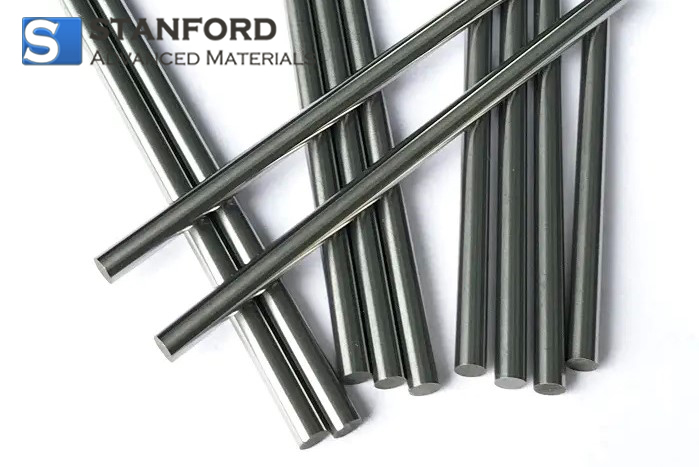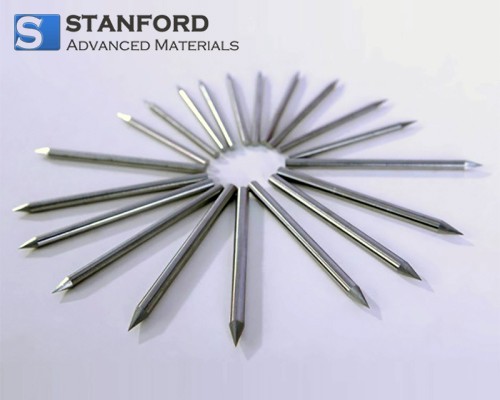What Is Stabilized Zirconia?
Why use stabilised zirconium dioxide rather than pure zirconium dioxide?
Stabilised Zirconium dioxide is widely used in the ceramics industry. Pure zirconium oxide undergoes a phase transformation with temperature changes from monoclinic (1173 °C) --> tetragonal (2370 °C) --> cubic (2690 °C) --> melt.
The volume changes during the phase transformation. The transition from tetragonal to monoclinic produces an increase in volume of approximately 9 %, thereby potentially causing cracks in the ceramics.
To resolve this issue, the cubic polymorph of zirconium dioxide must be stabilised over a broader temperature range. This is achieved by substituting some Zr4+ ions (ionic radius of 0.82 Å) in the crystal lattice with marginally larger ions, for example Y3+ (ionic radius of 0.96 Å). The resulting materials are known as stabilised zirconium dioxide.
The most commonly used stabilisers include calcium oxide (CaO), magnesium oxide (MgO), cerium oxide (CeO2), aluminium oxide (Al2O3) or hafnium oxide (HfO2).
Stanford Advanced Materials supplies various stabilised zirconium dioxide powders in bulk for the ceramics industry (see below):
Yttria‑stabilised zirconium dioxide
Alumina‑stabilised zirconium dioxide
Calcia stabilised zirconium dioxide
Cerium stabilised zirconium dioxide

 Bars
Bars
 Beads & Spheres
Beads & Spheres
 Bolts & Nuts
Bolts & Nuts
 Crucibles
Crucibles
 Discs
Discs
 Fibers & Fabrics
Fibers & Fabrics
 Films
Films
 Flake
Flake
 Foams
Foams
 Foil
Foil
 Granules
Granules
 Honeycombs
Honeycombs
 Ink
Ink
 Laminate
Laminate
 Lumps
Lumps
 Meshes
Meshes
 Metallised Film
Metallised Film
 Plate
Plate
 Powders
Powders
 Rod
Rod
 Sheets
Sheets
 Single Crystals
Single Crystals
 Sputtering Target
Sputtering Target
 Tubes
Tubes
 Washer
Washer
 Wires
Wires
 Converters & Calculators
Converters & Calculators
 Write for Us
Write for Us


 Chin Trento
Chin Trento



